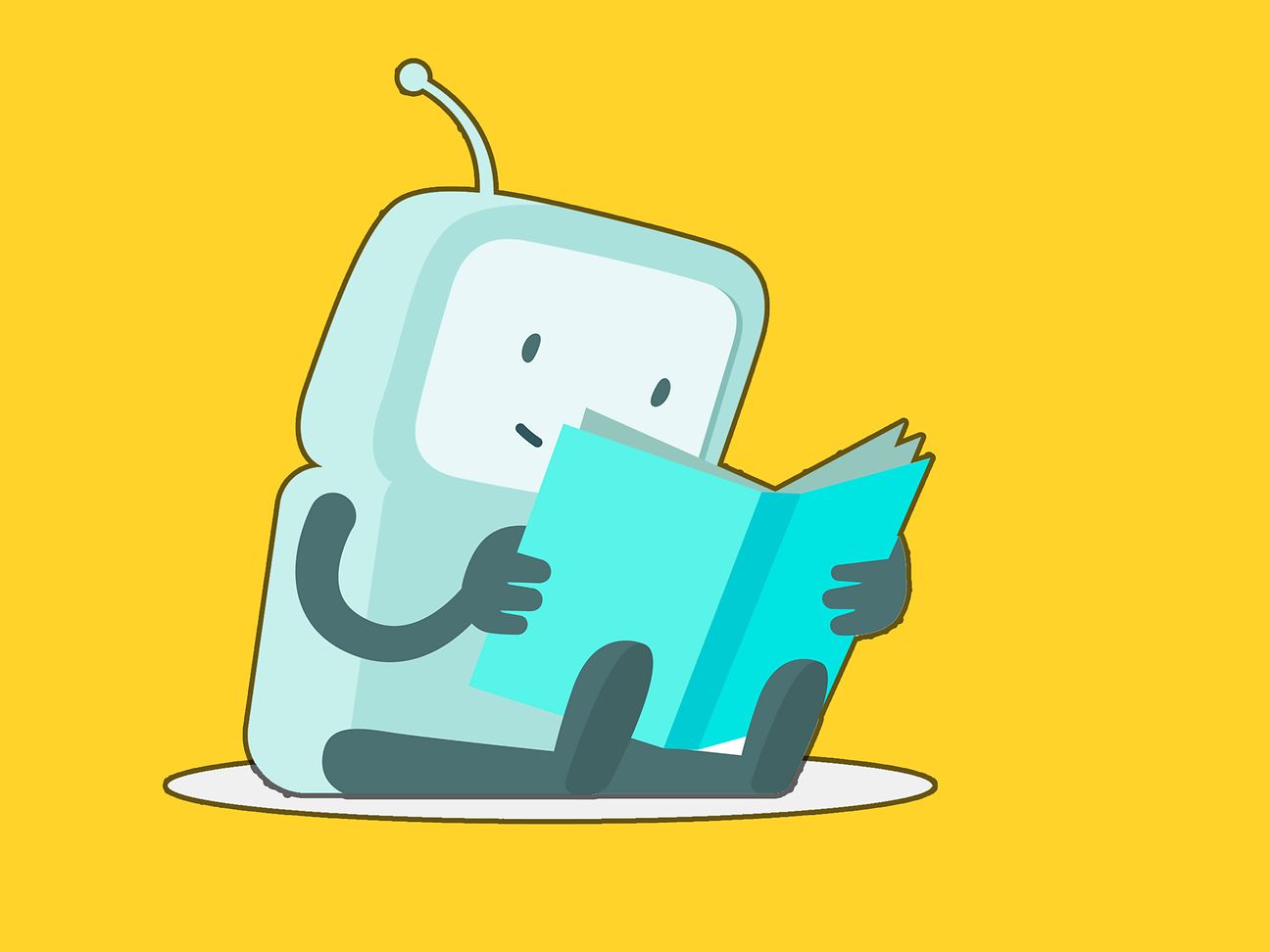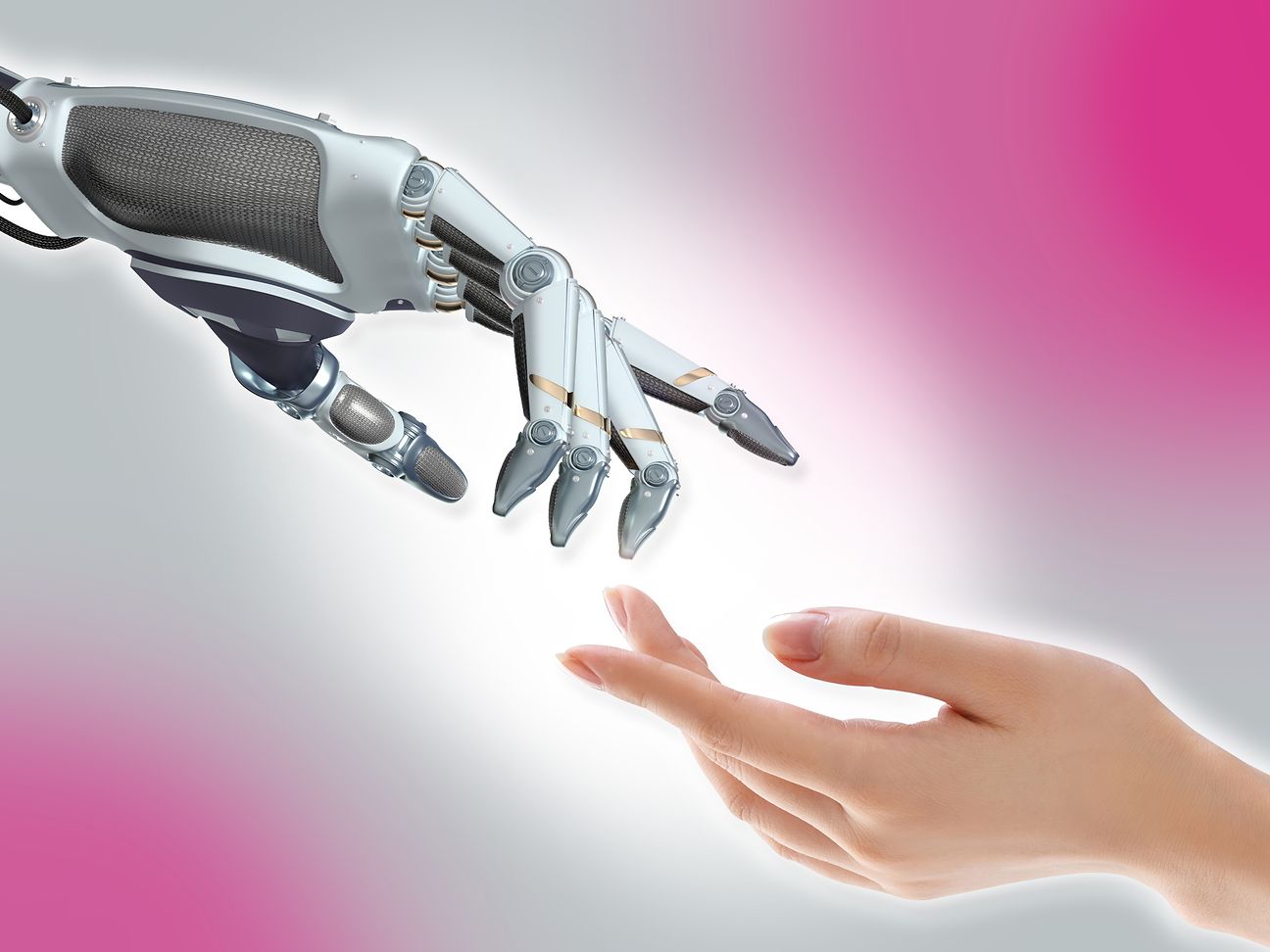What is Generative Artificial Intelligence?
We explain Generative Artificial Intelligence (GenAI) simply. And in this case, "we" includes the AI, because it had a hand in it.
Artificial intelligence (AI) is an application from the field of computer science. It involves getting machines and software to display human-like intelligence. It can be explained like this: Imagine you have a very smart robot that does certain tasks, such as answering questions after reading a lot of books. That would be a form of AI.
In fact, generative AI has now triggered a hype. For example, that of the company OpenAI. This type of artificial intelligence is trained to understand and respond to human language and can create something new. To put it simply: imagine your robot has now read so many books and websites that it is able to answer any question. It can also create new sentences, stories and images that make sense. Like many other languages, it also masters software languages. This means it can also program software or provide support in doing so.
Statistical predictions of what comes next
It is important to note that these models do not really "understand" or "think" in the human sense. They use statistical patterns and techniques to predict what they should say next - always based on what they have seen so far. They have no consciousness, feelings, opinions or understanding of what they are saying.
Artificial intelligence is already in widespread use. For example, for automated driving systems that control vehicles without human intervention. AI combines sensors and machine learning algorithms to find its way around different environments, recognize traffic signs and react as a human would. Further examples: AI can analyze medical images and make predictions about patients. It can sift through large amounts of scientific literature and gain new insights in the process. One of the most widespread AI services is voice recognition, which digital assistants such as Siri, Alexa and Google Home use to respond to commands. AI technology is also changing the entertainment industry by providing personalized recommendations for streaming services and becoming increasingly accurate in the process. The same applies to advertising in online shopping.
The limits of AI lie mainly in its ability to have "understanding" in the human sense. AI systems can recognize patterns in data and react to them, but they do not understand the context or meaning behind what they are doing in the same way we humans do. They can only replicate patterns from the data they have been trained with.
Consider ethics!
When AI models generate content such as images, videos or texts, they usually appear to be man-made. Important to know: AI systems can be flawed and also biased by data they have been trained with. They therefore reflect prejudices and stereotypes. And they sometimes "hallucinate". In other words, they generate interpretations that make no sense to people. Last but not least, there is a great risk that AI will be misused. For example, with "deepfake" videos: deceptively real imitations of people saying or doing things that never happened in real life.
One thing is certain: AI is here to stay. Question for ChatGPT: What does this mean for us humans? "It is important to prepare for the increasing presence of AI and to adapt to the changes," says the AI and gives tips on what is important for this. For example, lifelong learning, developing "soft" skills such as creativity, emotional intelligence and interpersonal communication, which are difficult to automate. Furthermore: working with AI and discussing it with others on an ongoing basis. Security, data protection and responsible use of AI. And: consider ethical aspects!
This text was created with the help of ChatGPT. It has been edited and professionally reviewed.

